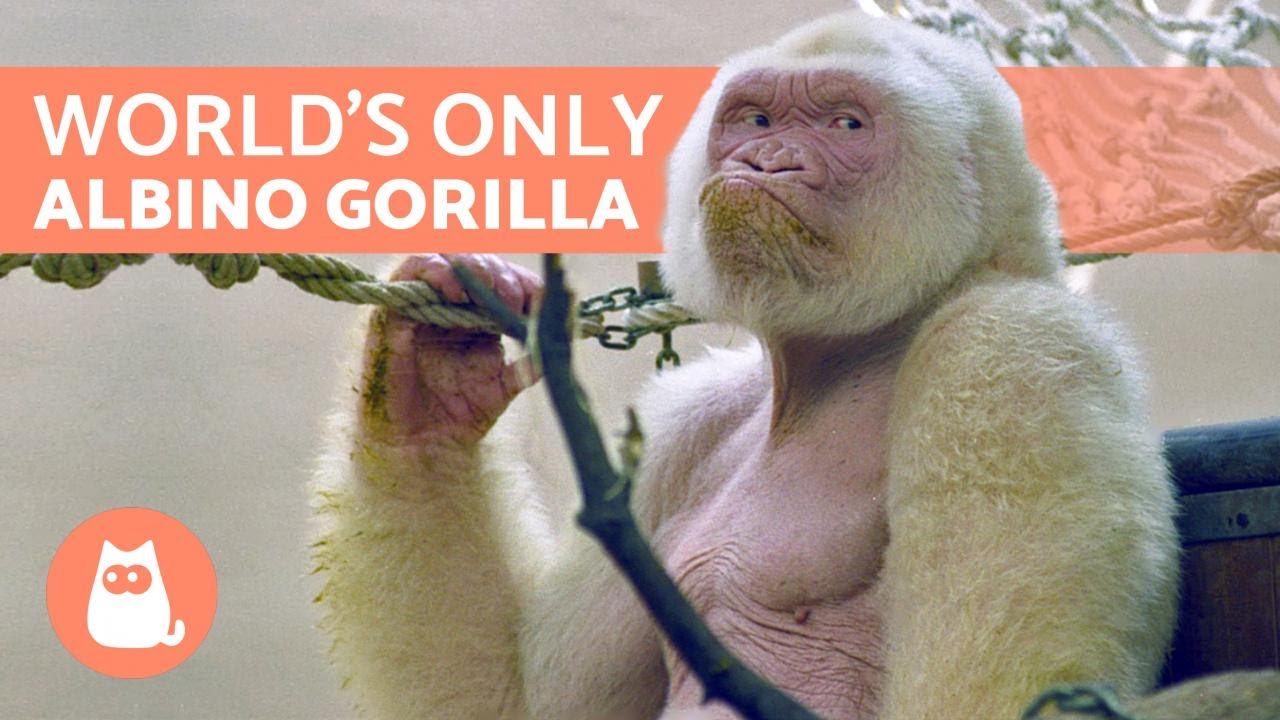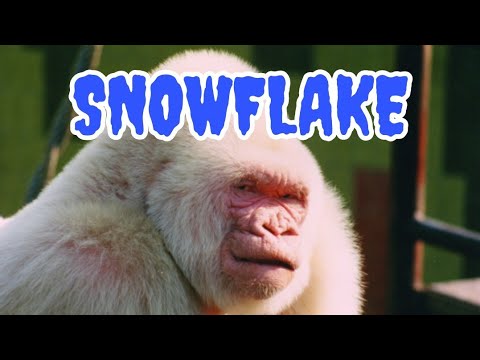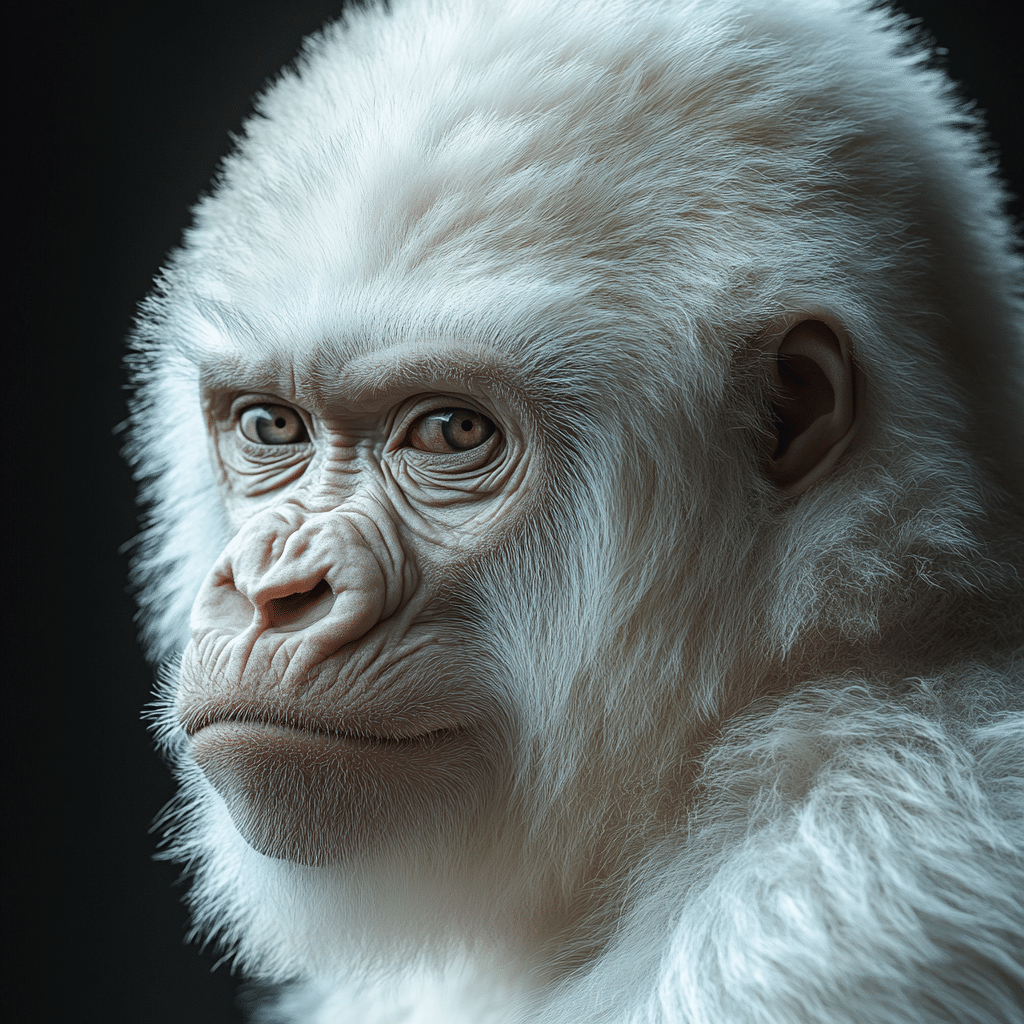
Albino Gorilla Snowflake’s Extraordinary Life Story
Unveiling the Albino Gorilla: Snowflake’s Unique Journey
Snowflake, the albino gorilla, wasn’t just another primate; he symbolized the charm and vulnerability of one-of-a-kind species. Born in 1964 in Equatorial Guinea, this Western lowland gorilla captured hearts across the globe with his stunning white fur, striking blue eyes, and pink skin. Snowflake’s life story serves as a testament not only to individuality in the wild but also to the challenges surrounding captivity and conservation efforts.
Living in the Barcelona Zoo from 1966 until his passing in 2003, Snowflake became the only known albino gorilla in the world. His unique genetic condition, called non-syndromic oculocutaneous albinism, left him photophobic and affected his eyesight, necessitating special care. Beyond his captivating appearance, Snowflake’s journey illustrates the complexities of animal welfare in captivity, rallying efforts for wildlife conservation.
In exploring Snowflake’s extraordinary existence, we unravel not just a narrative about a rare albino gorilla but also a reflection of societal perceptions about biodiversity and the ethical implications of keeping exotic animals. This is a story of beauty mingled with fragility, revealing how one animal could become a beacon for change and understanding in global wildlife discussions.
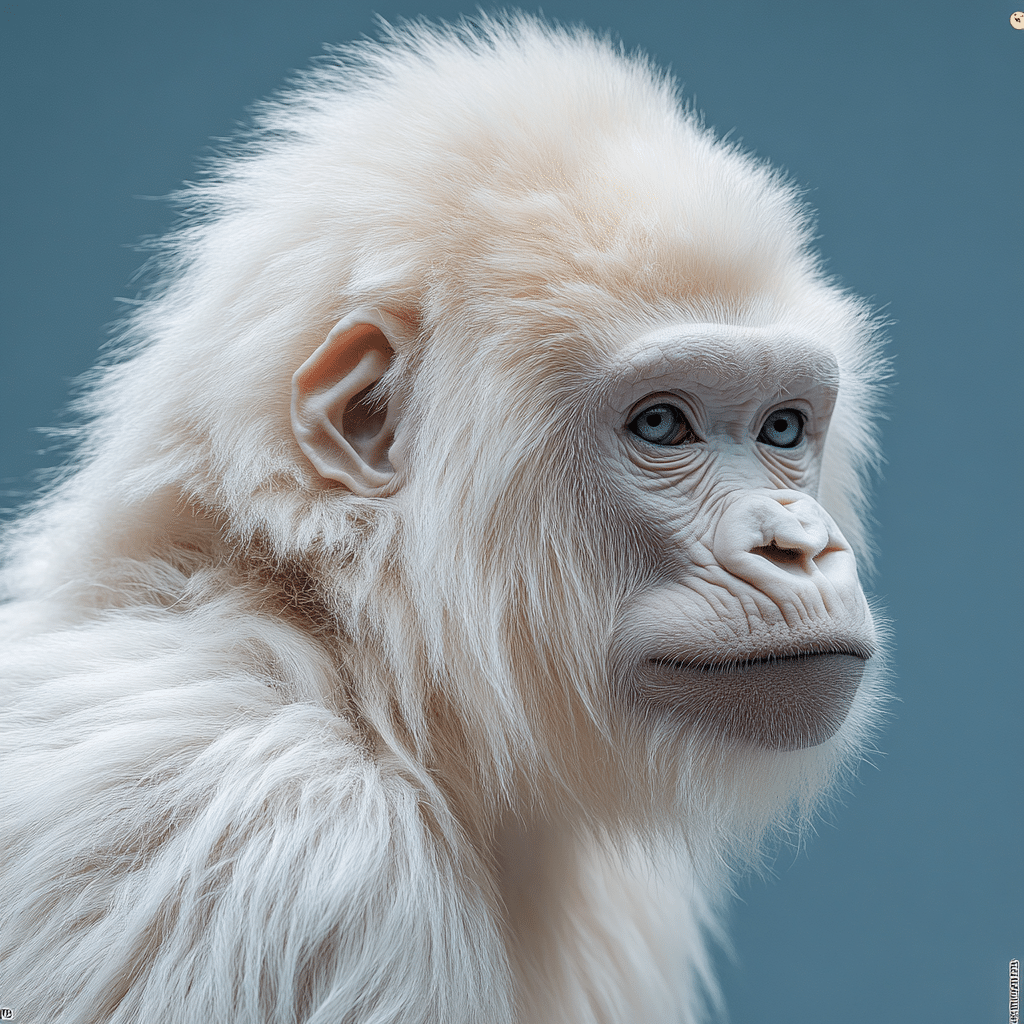
7 Fascinating Aspects of Snowflake’s Life: The Albino Gorilla in the Spotlight
The Lasting Impact of the Albino Gorilla: Cultural Shifts and Conservation Efforts
Snowflake’s existence fueled discussions surrounding biodiversity and the ethical implications of animal captivity. By emerging beyond the traditional role of an attraction, he fostered a deeper understanding of wildlife among the public. The debates sparked by his life contributed to significant policy shifts regarding animal welfare across zoos worldwide.
Moreover, Snowflake’s narrative serves as a guiding example for contemporary conservation strategies. Organizations like the European Association of Zoos and Aquaria (EAZA) draw inspiration from his story, reinforcing the bond between education and ethical responsibility. His life encourages individuals to engage with wildlife conservation actively, showcasing that empathy can drive impactful environmental action.
As we reflect on Snowflake’s extraordinary life story, we grasp that his journey embodies the universal values of diversity, compassion, and accountability towards our planet’s irreplaceable wildlife. His legacy raises awareness about albino gorillas while empowering wildlife enthusiasts and conservationists alike to strive for the protection of these incredible creatures and their habitats, ensuring their survival for generations to come.
In conclusion, Snowflake was more than just an albino gorilla; he was a unique symbol of hope and change. Just like that unexpected friendship with the corduroy bear or the playful red jumpsuit, his life left behind colorful impressions in the realm of wildlife conservation. His story continues to inspire all of us, reminding us that every creature deserves a chance to thrive in a world that respects and cherishes its biodiversity.
As we celebrate Snowflake’s legacy, let’s not forget the importance of initiatives such as My Mother The Animation, which inspires discussions about various topics, or the incredible resilience shown by communities in events like the recent Virginia Beach tornado. Perhaps while contemplating these narratives, we can also appreciate the power of storytelling in fostering awareness about critical issues, be it animal conservation or community resilience. Ultimately, Snowflake the albino gorilla remains a powerful reminder of the stories that shape our world and the responsibility we share in preserving its wonders.
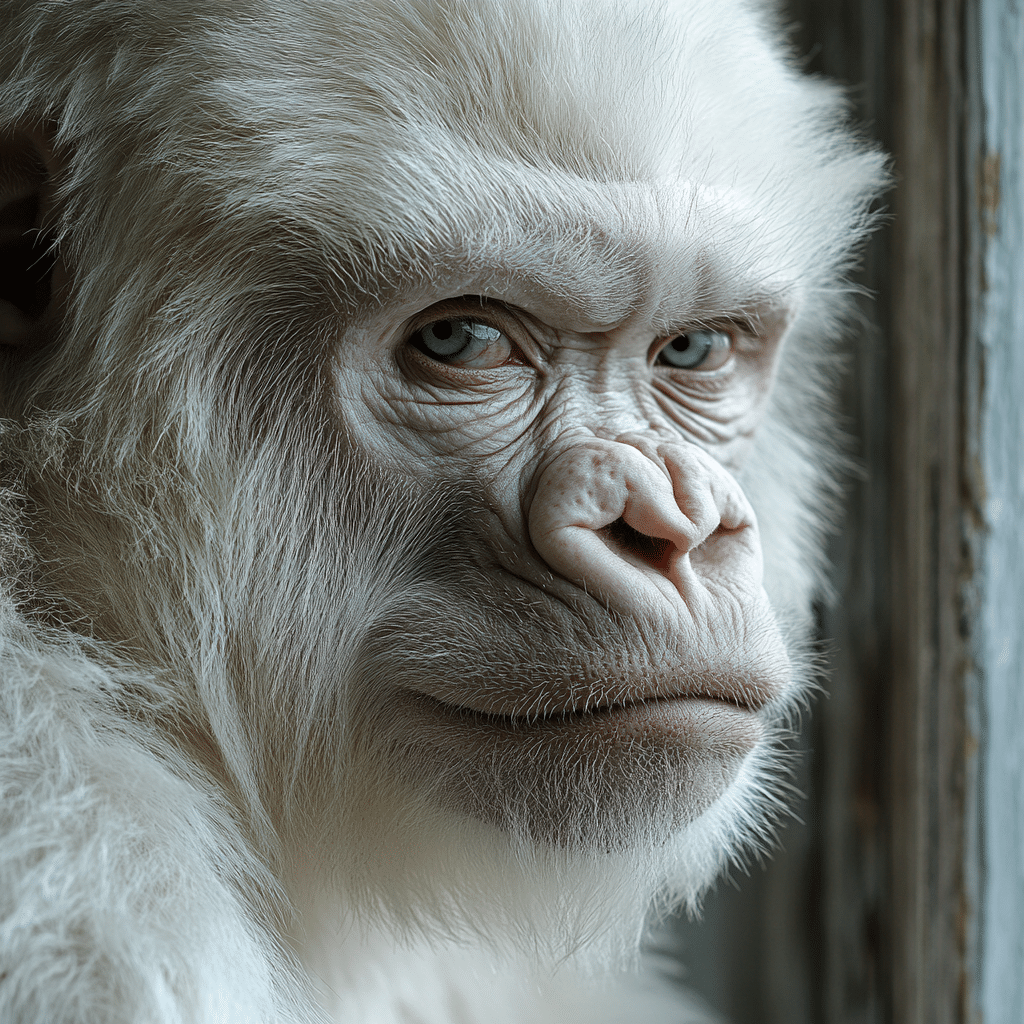
The Fascinating Life of the Albino Gorilla
Remarkable Traits of an Albino Gorilla
Snowflake, the infamous albino gorilla, captured hearts worldwide with his distinct ivory coloration and stunning features. Believed to have a genetic mutation that caused albinism, he stood out not just as a remarkable creature but also as a symbol of conservation awareness. Interestingly, albinism in gorillas is incredibly rare, which makes their story even more captivating. In the same vein, the world of comic and anime creativity brings forth sensations like Falin Dungeon meshi, showcasing how tales of uniqueness resonate across various mediums.
We also know that being unique can sometimes lead to challenges. Snowflake faced health issues associated with his condition, similar to how characters in narratives like the saga of Solo Leveling manhwa confront their own uphill battles. The lack of melanin in albino gorillas can lead to sensitivity to sun exposure, making them vulnerable in the wild. Snowflake’s journey reminds us to appreciate the quirks and struggles that make life extraordinary.
A Glimpse into Snowflake’s Life
Born in 1964 in the wilds of Equatorial Africa, Snowflake’s life changed dramatically when he was captured and brought to Barcelona Zoo. His extraordinary story serves as a reflection of adaptability, much like the resourceful Ken Marino, who has seamlessly transitioned between various roles in acting, not letting anything hold him back. Snowflake became a symbol of hope and conservation, inspiring many visitors. Just as those drawn to the epic narratives of Whitebeard in One Piece find value in legacy and resilience, Snowflake’s life encouraged conversations around species preservation and habitat protection.
As this enchanting albino gorilla thrived in his new environment, he garnered notoriety, becoming one of the most visited animals in his zoo. It’s notable how our fascination with unique beings, akin to tracking property changes through Us mortgage rates, keeps evolving. Snowflake’s legacy lasts even in popular culture, where mentions of remarkable creatures often pop up in films or television, echoing the same themes of individuality and struggle that Blythe Danner brings to the big screen in her Movies. Snowflake passed away in 2003, but his spirit lives on, enlightening us about the beauty in diversity and the importance of protecting our planet’s unique lives.
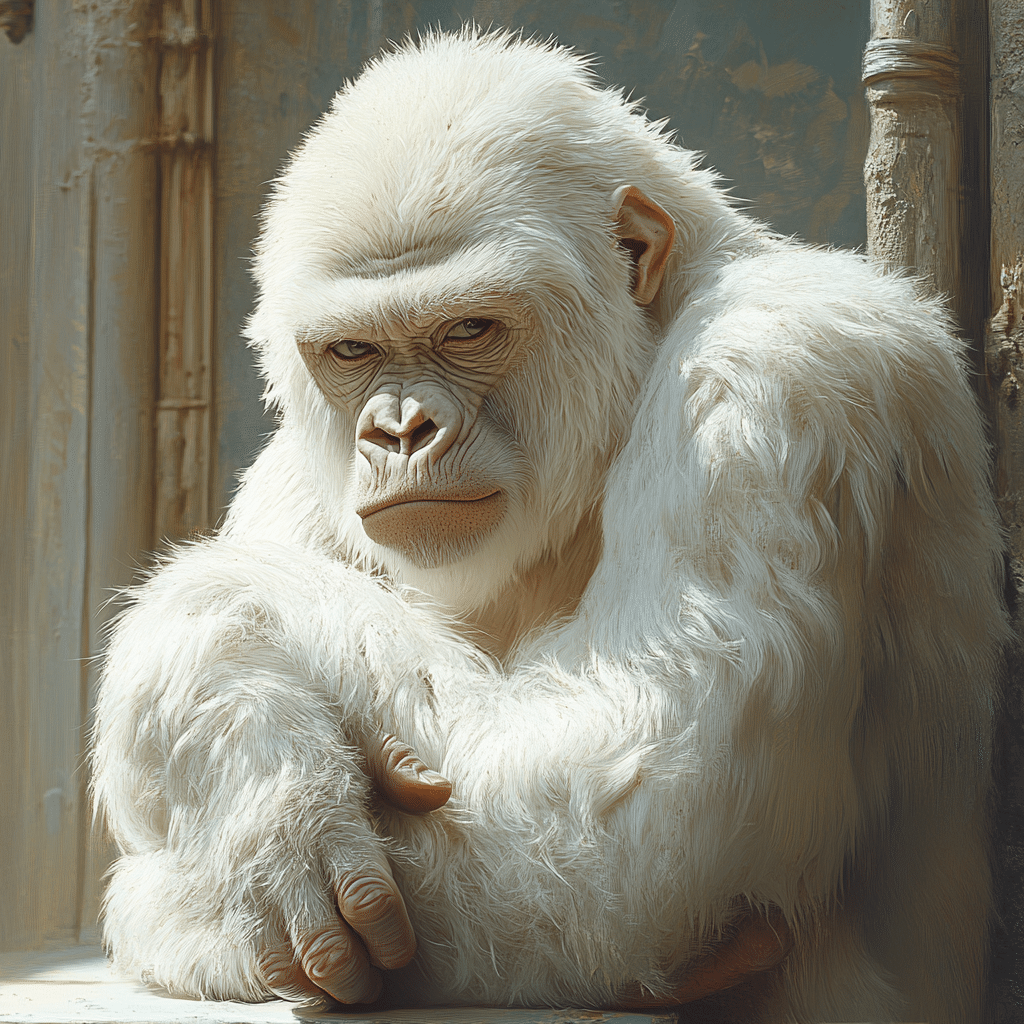
How rare is an albino gorilla?
Albino gorillas are incredibly rare; in fact, Snowflake was the only known albino gorilla ever discovered, either in captivity or in the wild.
How many albino gorillas are left?
As of now, there are no albino gorillas left since Snowflake was the only one recorded, and he passed away in 2003.
Do albino gorillas exist?
Yes, albino gorillas do exist, but Snowflake was the only documented case, making him one-of-a-kind.
Did Snowflake the gorilla have any babies?
Snowflake had quite the family, fathering 21 offspring during his time at the Barcelona Zoo with three different female gorillas.
What is the rarest gorilla?
The rarest gorilla species is the Cross River gorilla, which is critically endangered and has a very small population left in the wild.
What is the friendliest gorilla?
It’s tricky to say which gorilla is the friendliest since each gorilla has its own personality, but some keepers report that individual gorillas can be quite affectionate with their caregivers.
Are there only 1,000 gorillas left?
No, it’s not accurate to say there are only 1,000 gorillas left, as there are various species with different population numbers, and some species have thousands of individuals remaining.
Is the oldest gorilla still alive?
The oldest gorilla is not known to be alive right now; some gorillas can live into their 40s or even 50s, so it’s possible there are older ones in captivity.
Is Snowflake the White gorilla still alive?
Snowflake the White gorilla isn’t alive anymore; he died in 2003, making him a memorable figure in zoo history.
Are there GREY gorillas?
There aren’t any greyscale gorillas. Gorillas typically have black fur, while Snowflake’s unique albinism gave him light fur.
What happens if a gorilla sees a human?
If a gorilla sees a human, it often depends on the individual gorilla’s temperament; some might be curious while others may choose to avoid humans altogether.
Would a gorilla look after a human baby?
Gorillas have shown nurturing behaviors, but it’s not typical or safe for them to look after human babies since they’re wild animals with their own young to care for.
Who was the gorilla lady that died?
The gorilla lady referred to may be Dian Fossey, a renowned conservationist who dedicated her life to studying and protecting mountain gorillas, and she tragically passed away in 1985.
Has gorilla ever been pregnant?
Yes, gorillas can and have been pregnant. Female gorillas generally have a gestation period of about 8-9 months, similar to humans.
Is Coco the gorilla still alive?
Coco the gorilla, famous for her communication skills with sign language, passed away in June 2018, leaving a significant legacy in animal research.





